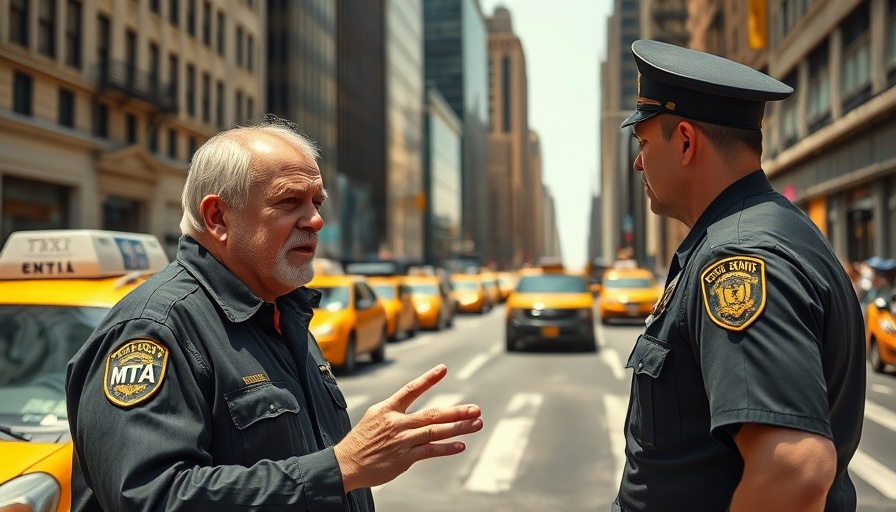
Revolutionizing UrbanWalkability: The Case for Pedestrian Pricing
The buzz around urban transportation often focuses on vehicles, but a recent proposal by New York City Council Member Eric Bottcher aims to change that narrative with a controversial initiative known as "pedestrian pricing." Set to potentially transform the sidewalks of Manhattan below 60th Street, this plan envisions charging pedestrians $3.99 for every half-mile walked, alongside an additional surcharge for slower walkers.
Bottcher's vision emerges from a larger dialogue about the urban landscape, where foot traffic likely outweighs vehicle usage. He highlights that an overwhelming 84% of his constituents rely on their feet for transportation, representing a vast, untapped revenue stream for the city. The rationale? Monies generated through pedestrian fees would be allocated to the development of bike lanes across all sidewalks, reshaping the urban experience to become more cyclist and pedestrian-friendly.
Details on how the pricing will function reveal a high-tech approach that utilizes artificial intelligence and sensors embedded in the sidewalks to track foot traffic. This system promises to log steps with precision while maintaining privacy standards—except for shoe size data, which could be monetized. This raises interesting discussions about personal data usage in urban planning, as privacy concerns come to the forefront of technological integration in civic systems.
The Pros and Cons of Pedestrian Pricing
Like any bold idea, pedestrian pricing has its advocates and detractors. Proponents argue that it could alleviate congestion in busy areas while funding infrastructure improvements. They assert that this may lead to a safer environment for both pedestrians and cyclists. Conversely, detractors worry about accessibility, especially for low-income communities who may find these new costs burdensome. How this initiative balances equity and innovation remains to be seen.
A Future Footprint: Changing Urban Landscapes
This initiative could symbolize a paradigm shift in how cities perceive pedestrians. As urban centers grapple with congestion, pollution, and public safety, the integration of pedestrian pricing might set a precedent for other metropolitan regions. Widespread adoption of such measures could lead to significant changes in city dynamics, encouraging communities to embrace a walkable lifestyle while securing funding for improvements.
Your Feet, Your Contribution
As cities evolve in the wake of new urban challenges, understanding these policies helps citizens engage in shaping their environments. The proposal for pedestrian pricing illustrates an innovative if contentious, approach to urban development. It forces us to reconsider not only how we move but how we value movement in our cities. Are we ready to pay to walk?
 Add Row
Add Row  Add Element
Add Element 



Write A Comment